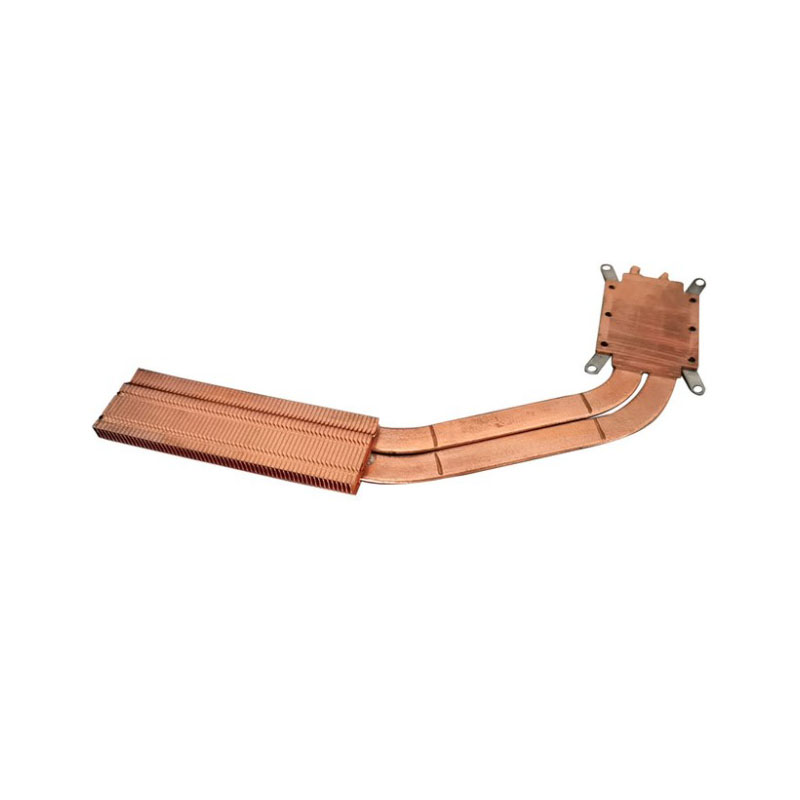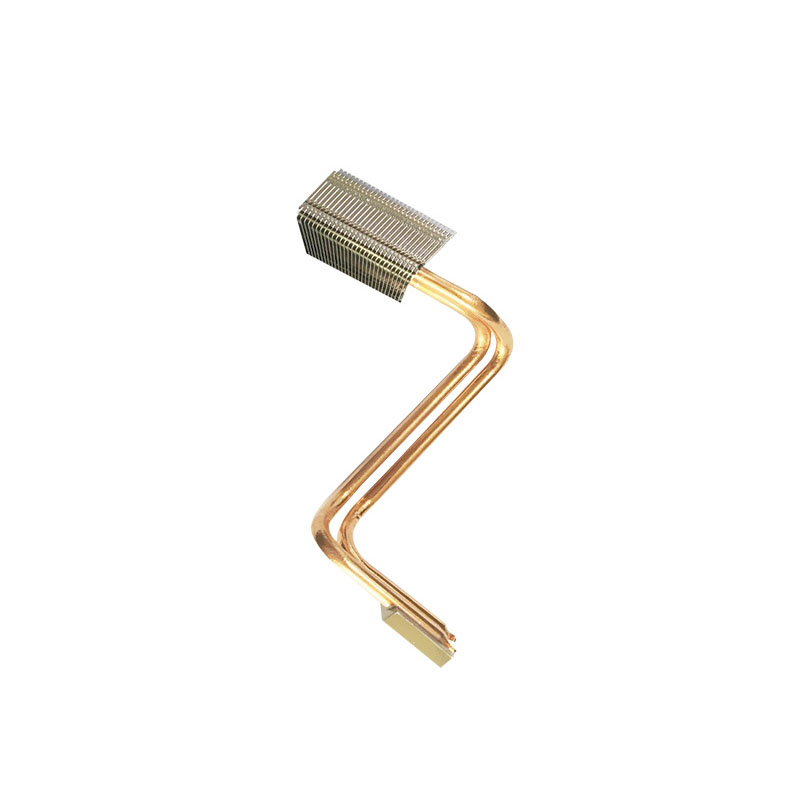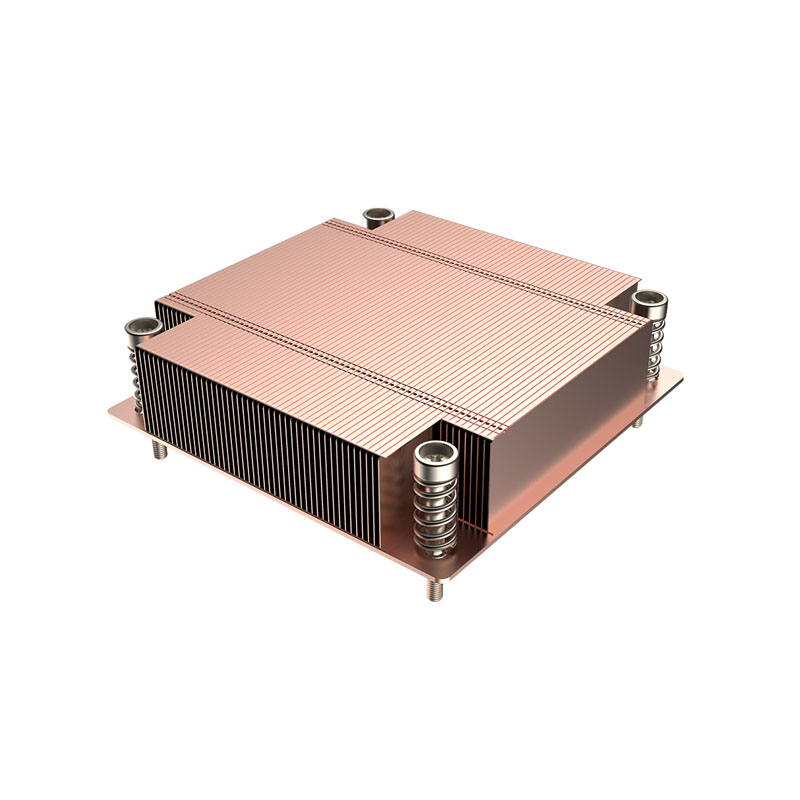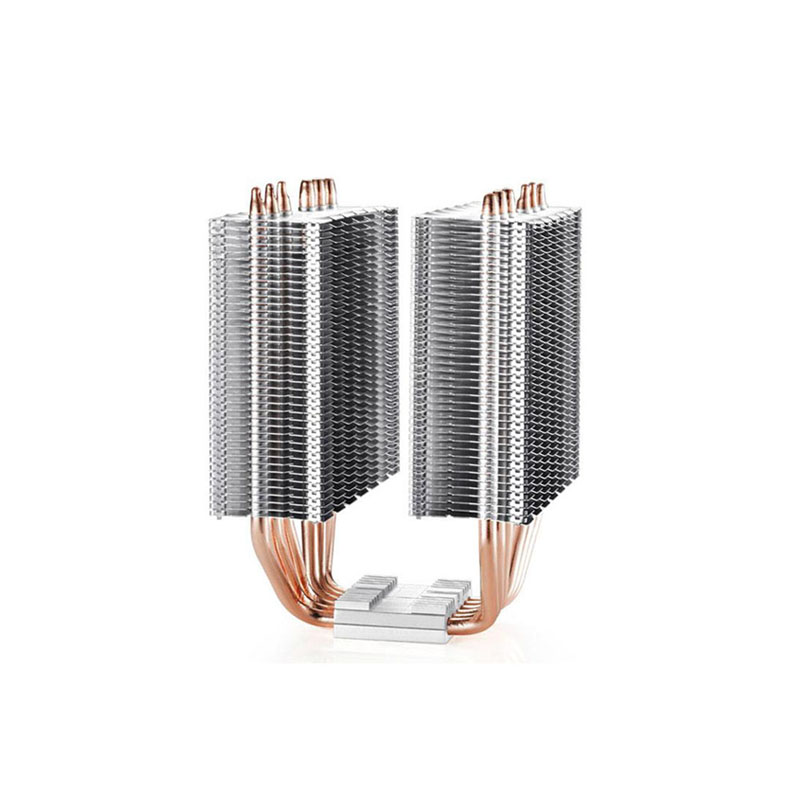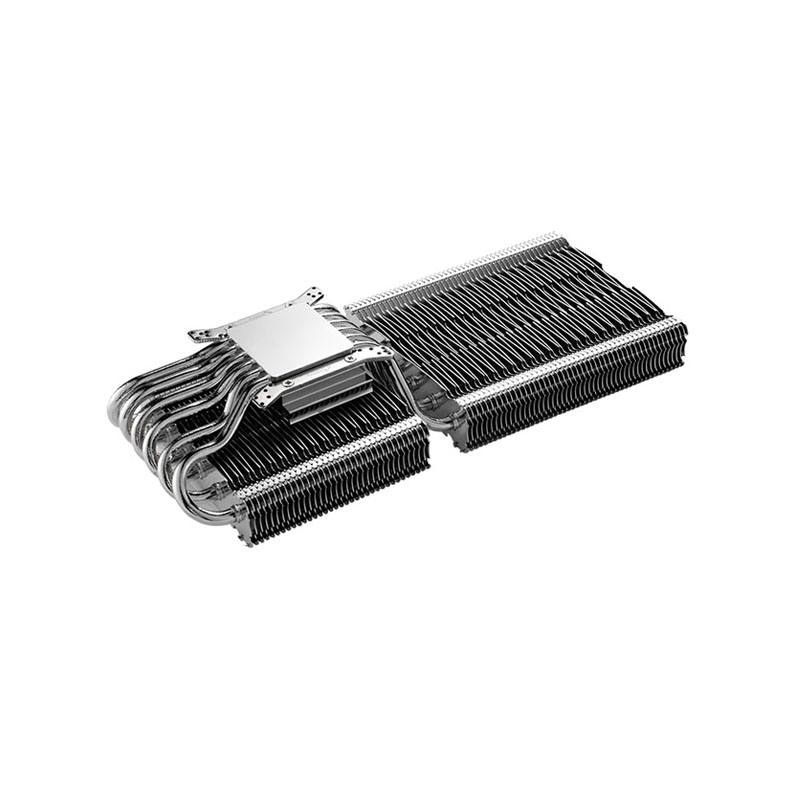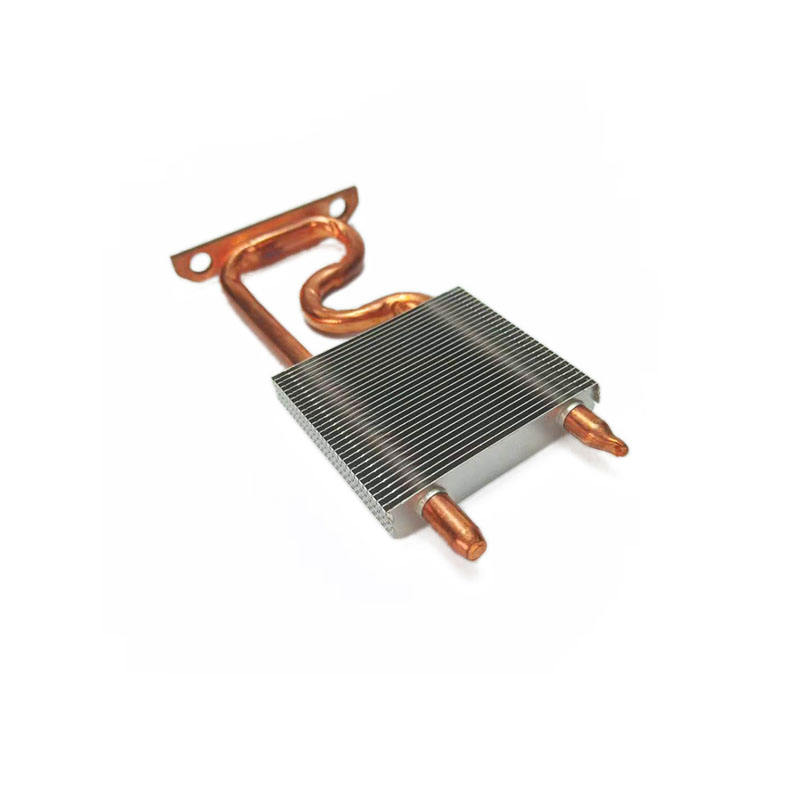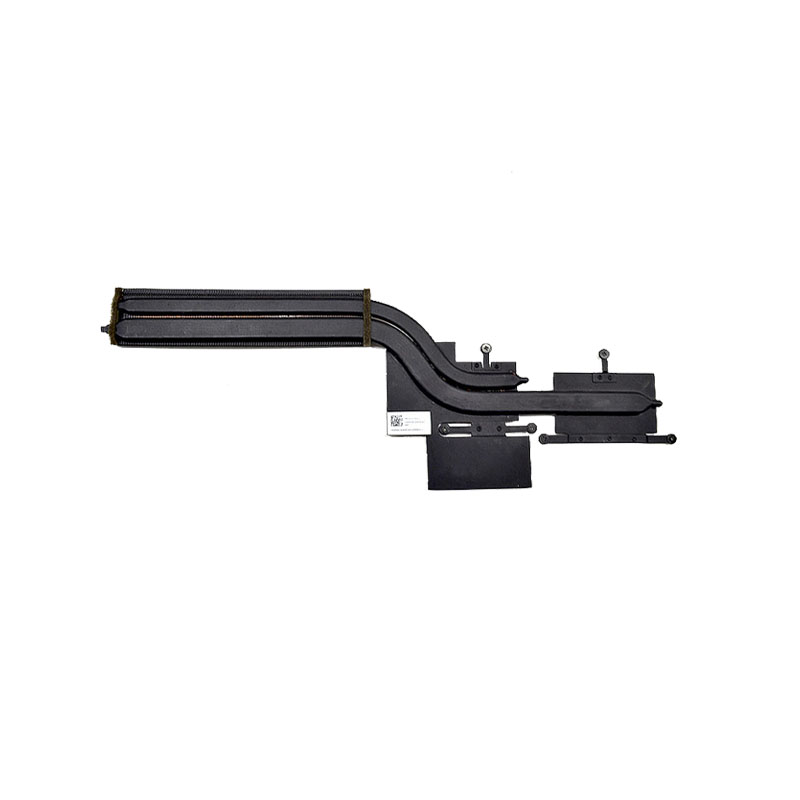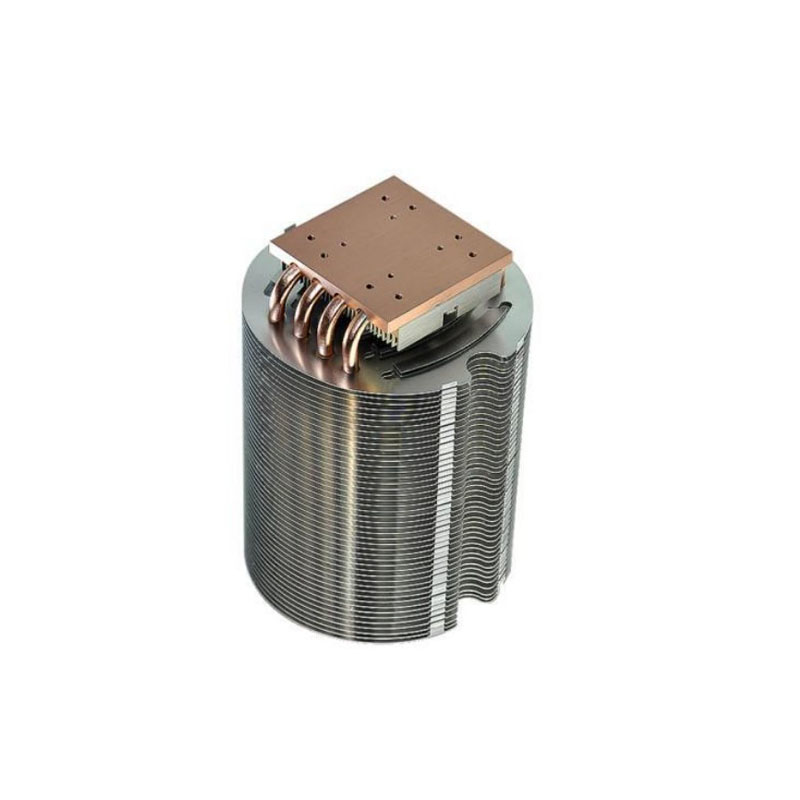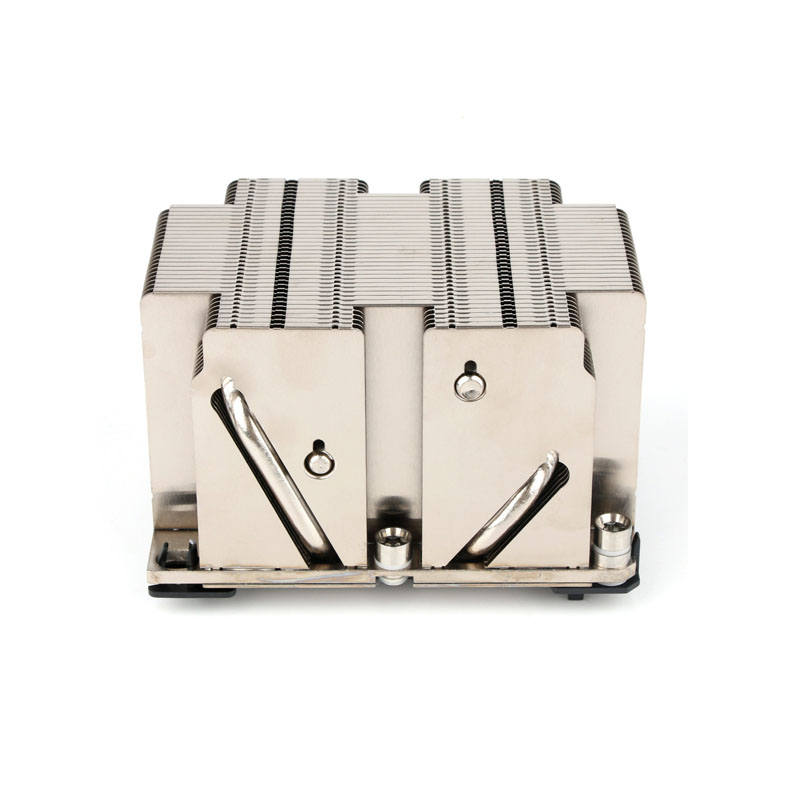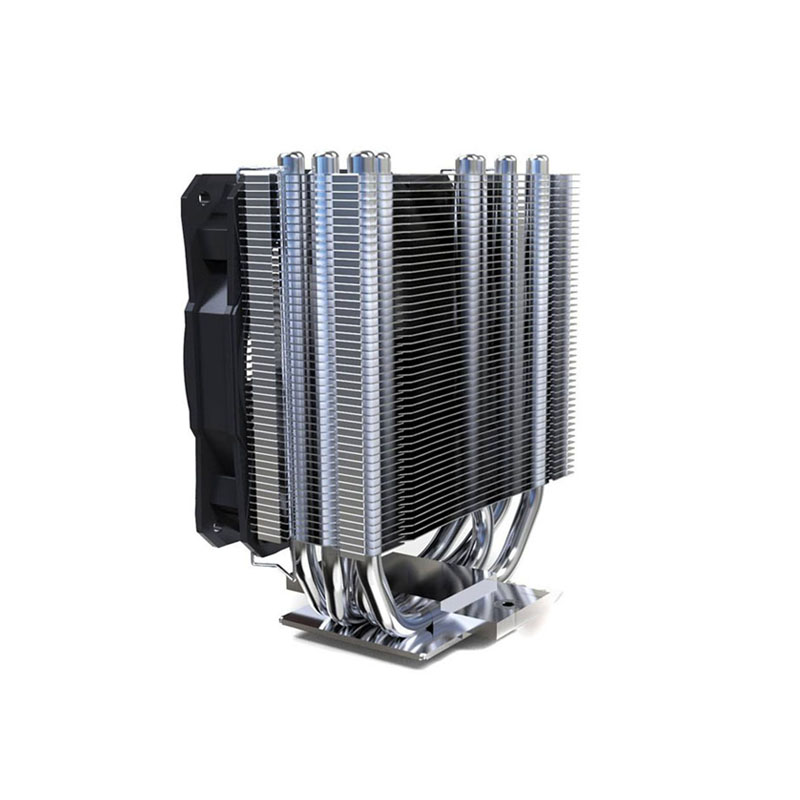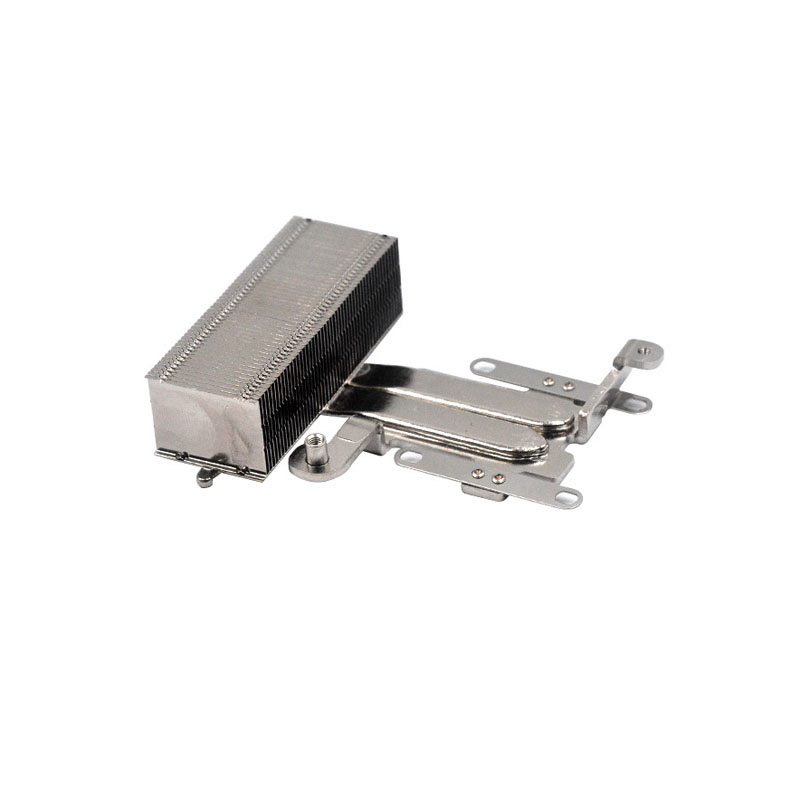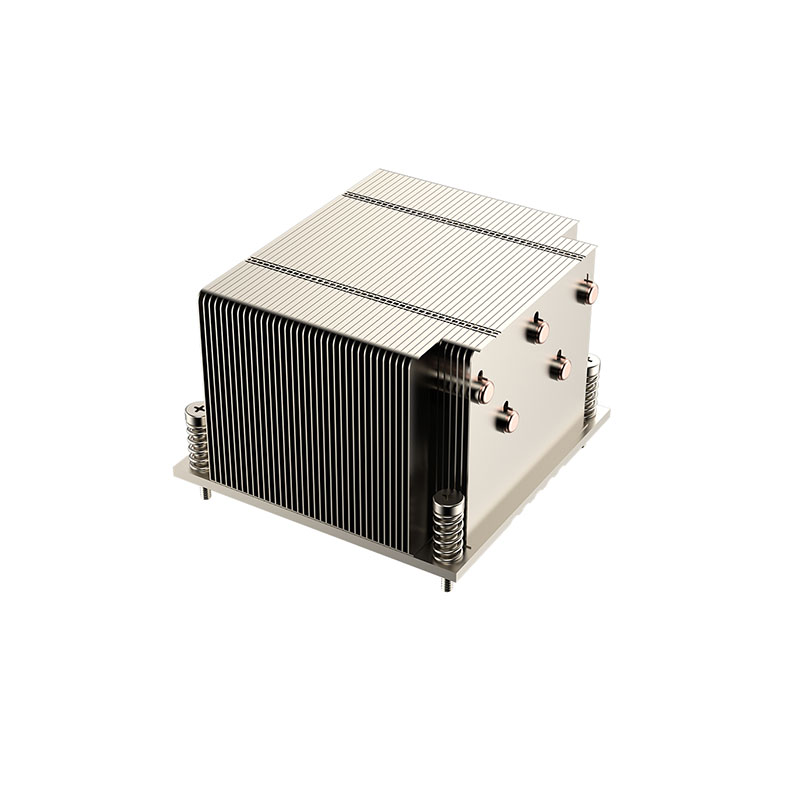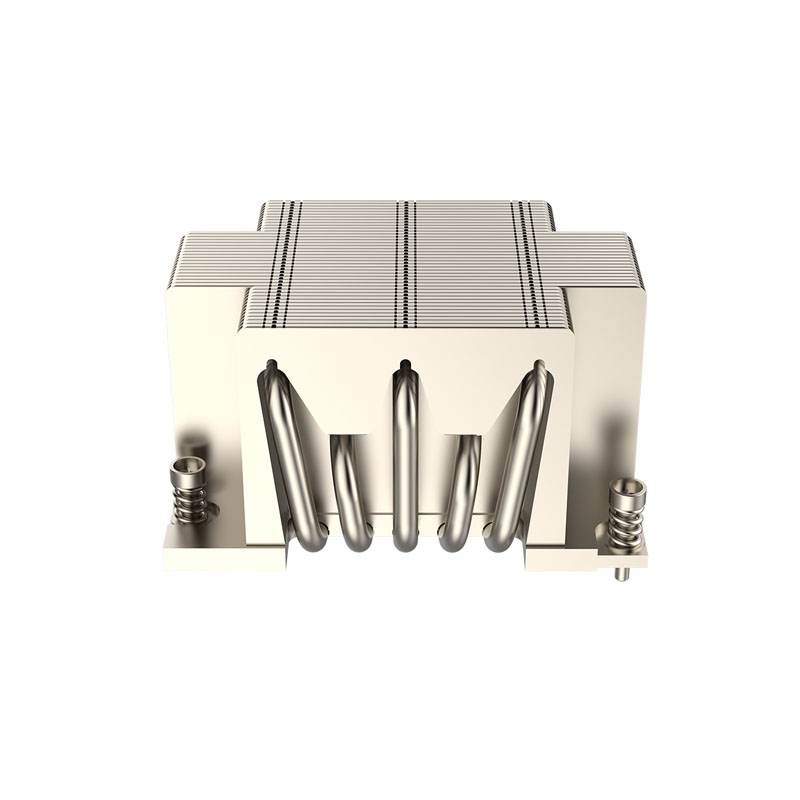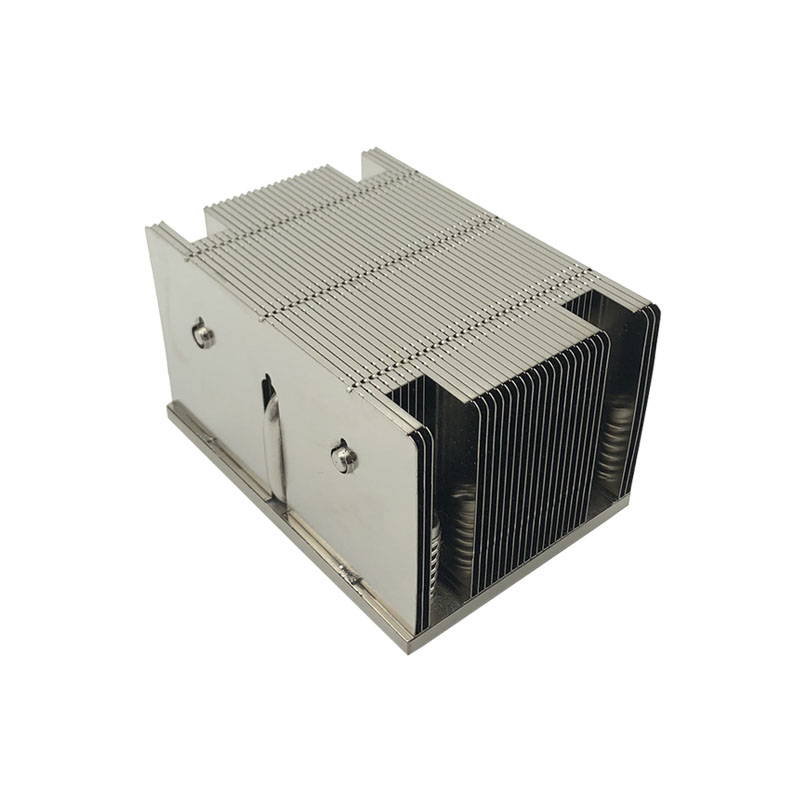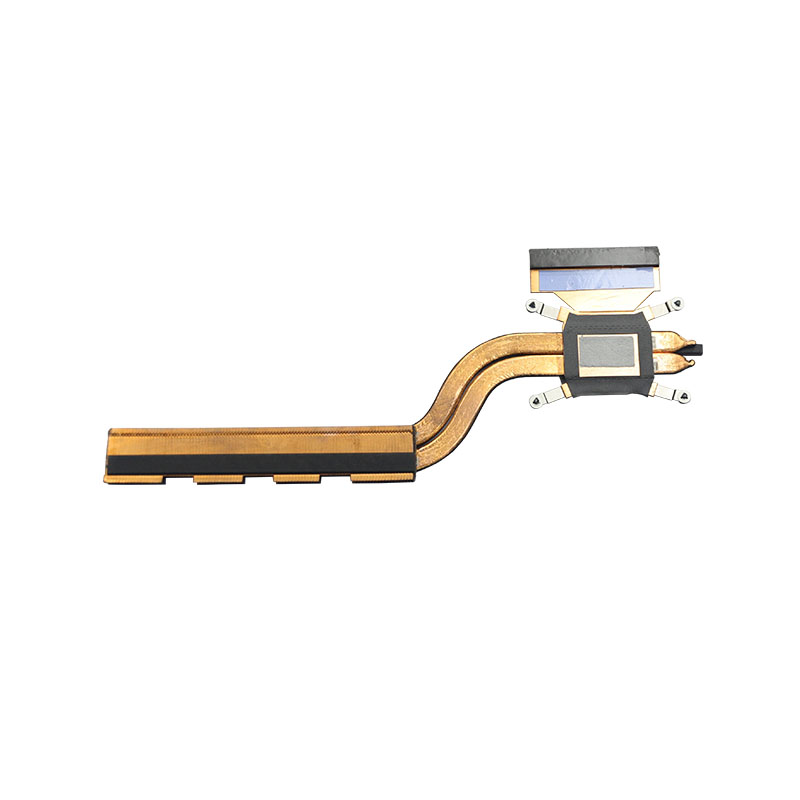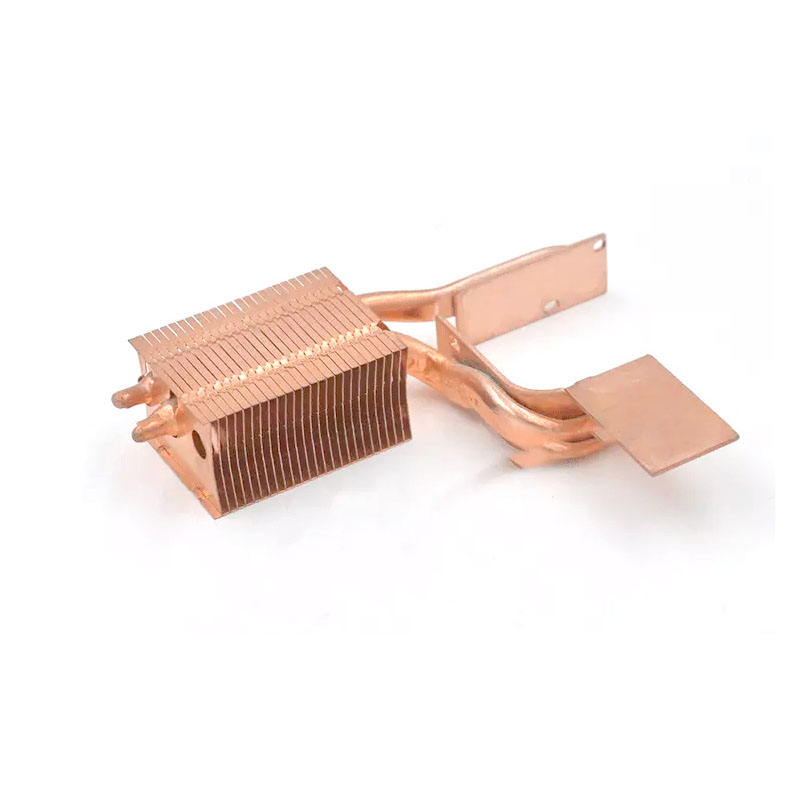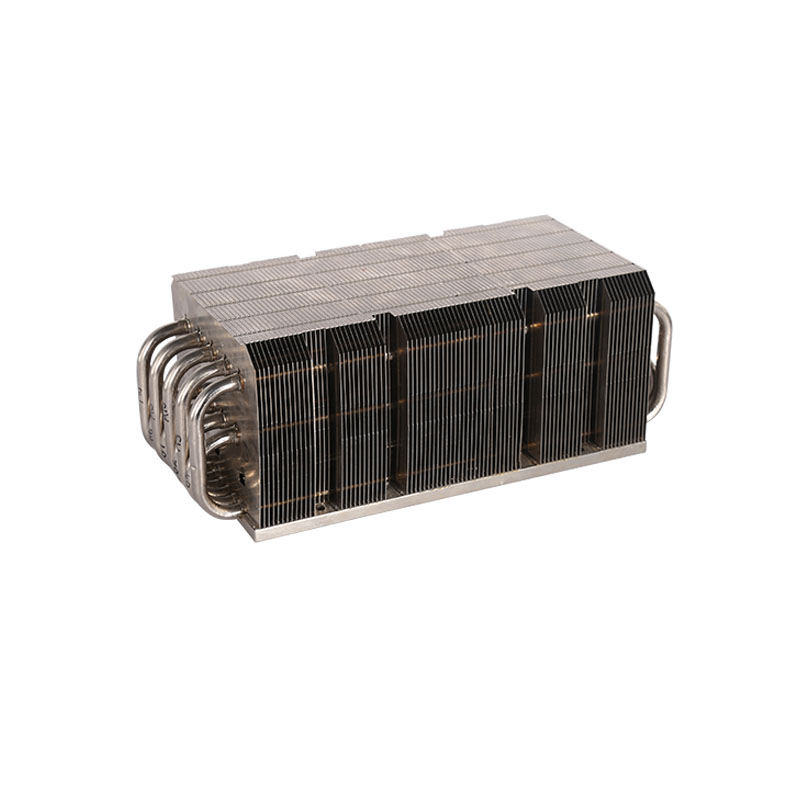

VR/AR/XR/MR Heat pipe thermal module mainly used in VR/AR/XR/MR and other consumer electronics.
Heat pipe radiator is a new product which can make great improvement to many old heat sink or heat exchange product and system by using heat pipe technology. Heat pipe radiators are naturally cooled and forced air cooled.
The thermal resistance value of air-cooled heat pipe radiator can be made smaller, which is often used in power electronics, IGBT, inverter, transformer, high-power power supply, LED lamps, AR/VR/XR, server, computer, medical products and so on.
The characteristics of heat pipe thermal module:
Heat pipe radiator is a new product which makes great improvement to many old heat sink or heat exchange product and system by using heat pipe technology and principle.
The advantage of heat pipe thermal module:
Heat pipe self-cooling cooling system without fan, no noise, maintenance free, safe and reliable, heat pipe air cooling and even self-cooling can replace water cooling system, saving water resources and related auxiliary equipment investment, in addition, heat pipe heat dissipation can also concentrate the heating parts, even sealed, and the heat dissipation part of the outside or far away, dust, moisture, explosion proof. Improve the safety, reliability and application range of electrical equipment, heat pipe radiator than solid radiator performance can be improved by more than 10 times.
The disadvantage of heat pipe thermal module:
Copper surface is susceptible to natural oxidation.
Material costs are high.
Customized
Provide one-stop service
Radiator / Heat sink / Ultrathin heat pipe / Vapor Chamber / Liquid cooling plate

Requirement Communication
ONE

Determine solution
TWO

Concluding a contract
THREE

Down payment
FOUR

Proofing and validation
FIVE

Mass production processing
SIX

QC & QA
SEVEN

Logistics distribution
EIGHT

Customer satisfaction acceptance
NINE

Customer service
TEN















